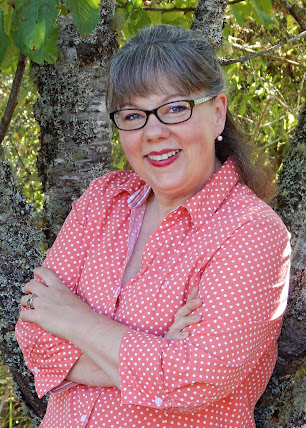 We had freezing weather this weekend, but I started some of my spring seeds, just the same. A super early start is one of the things I love about winter sowing (which you can learn to do here). A super early start that leads to plants producing much sooner than traditionally sown seeds.
We had freezing weather this weekend, but I started some of my spring seeds, just the same. A super early start is one of the things I love about winter sowing (which you can learn to do here). A super early start that leads to plants producing much sooner than traditionally sown seeds.Last year, many of my gardening friends thought I was nuts to winter sow - but this year, many of them are trying it themselves because my garden was more vigorous and better producing than theirs. Here were some of their concerns; maybe you've wondered these things, too:
Q: Are winter sown plants as hardy and strong as plants started in the spring?
A: They are actually more hardy and strong! This is in part because they are started in a more natural environment. (Before there were people starting seeds indoors, after all, seeds started themselves outdoors.) In addition, many people don't give their seedlings adequate light; therefore, they grow straggly and week. You'll never have that problem with winter sown plants.
Q: Can any seed be winter sown?
A: No. But a surprising number can. I even successfully winter sowed tomatoes last year. For more advice on what seeds can and cannot be winter sown, click here.
Q: I don't really get the benefit of planting some cool season crops, like carrots, via winter sowing. Won't they start easily outdoors in the early spring?
A: Yes, cool season vegetables, including carrots, cabbage, spinach, and parsnips, can be direct sown into the soil in the spring. The benefit of winter sowing these crops is two fold. First, you get to go out and do some gardening when all your friends are stuck indoors. Second, many of these crops must be thinned if you sow them directly in the soil, which leads to wasted seed. If you winter sow, you can plant every seedling. When carrots, for example, are at the thinning age, just separate them from each other in your winter sowing container and plant them in the soil. No waste!
Q: I'm really skeptical when you say about 100 percent of your seeds sprout when you winter sow. When I sow seeds indoors, my success rate is much lower.
A: I understand your skepticism. Winter sowing goes against everything most gardeners are taught about seed starting. But have you ever heard of stratification, where seeds must be cut or even chilled before they will germinate? Winter sowing accomplishes stratification in a natural way.
What I've Sown So Far
This year, my local Safeway grocery store refused to sell me my preferred winter sowing containers - the sort of clear plastic, lidded containers cookies and donuts come in. I had a few left over from last year - but not nearly enough. We don't buy foods in plastic containers (like clear plastic milk jugs, liter soda bottles, or whipped topping tubs) very often, but I did find an empty container that once held the wet wipes for a Swiffer mop. Then I made a trip to the Dollar Tree and purchased some lidded roasting pans. As long as you can cut, punch, or drill drainage holes in the bottom, and the lid is clear (or nearly so) and well fitting, the container will work.
So far, I've winter sown acorn squash (an experiment with seeds from a store-bought squash), Brussels sprouts, onions, broccoli, two types of carrots, beets, parsnips, cabbage, collards, two types of peas, and kohlrabi. As soon as I can buy additional seeds, I'll be sowing more.


I am hoping to pick up some soil today and get going. I'm excited to try this.
ReplyDeleteGreat, Teekaroo. What are you going to sow?
ReplyDeleteI'll start with tomatoes, since that is what I really am wanting to grow. Then, as I gather more containers, I'll do lettuce, summer squash and cucumbers. Maybe some herbs too.
ReplyDeleteTeekaroo, let us know how it works out. I have about 50 percent success with tomatoes; some just like the cold better than others. Lettuce and probably cucumbers should be no problem.
ReplyDelete